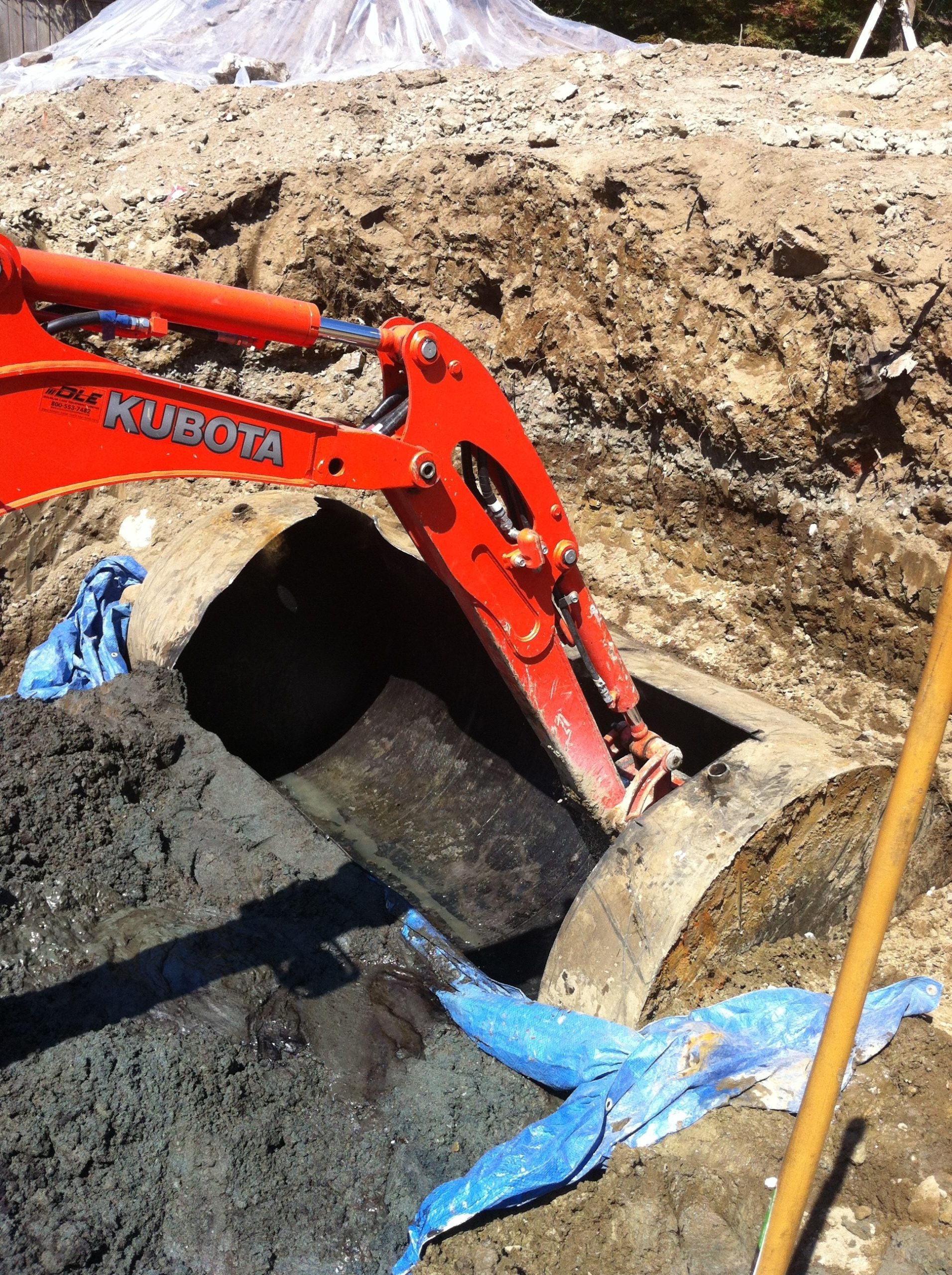With a fuel or oil tank, the most effective method of decommissioning is to remove and dispose of the tank, because it completely eliminates the danger. Tank decommissioning to take away the tanks will typically start by cleaning the inside of the tank, followed by cutting into pieces to removing them from the area or digging it out if it’s an underground tank.

By simply cleaning the internal tank, you’ve eliminated most of the environmental hazards, because all liquids and sludge will be removed from the tank. Every part of the waste removed from the tank should be delivered as hazardous waste, and a full audit trail is documented from point of origin to disposal. For more information on Decommissioning, visit a site like https://soilfix.co.uk/services/decommissioning-decontamination-demolition
However, the tank can remain a threat even once the interior has been cleaned. Over time, a small area of the product that can hide in the cracks of welding and produce flammable vapour, causing the tank to explode. A gas tank should always be taken away and opened enough to prevent the accumulation of steam or filled immediately after cleaning. A gas-free certificate will always be issued for a tank of gas for a period not exceeding 24 hours, following which, the examination of additional atmospheric monitoring will be required.

Oil tank decommissioning costs will vary. Tanks buried underground or significant in size will generally be the most expensive to remove, but variables such as oil grade, size and location will all have an impact on this. Heavy fuel oils are more difficult to handle and would result in higher costs.
